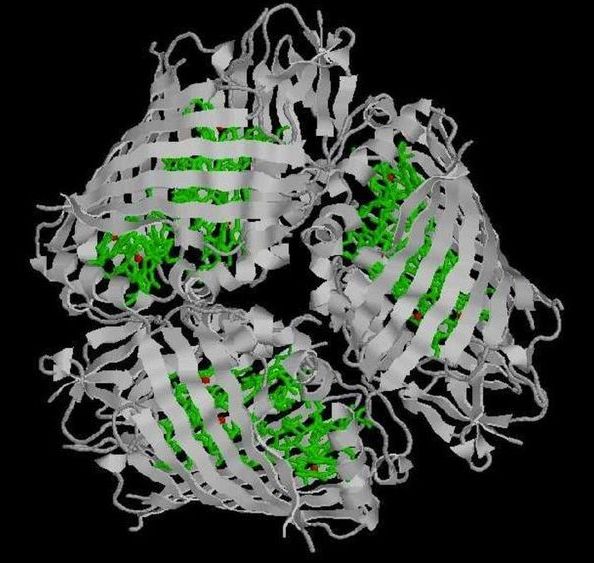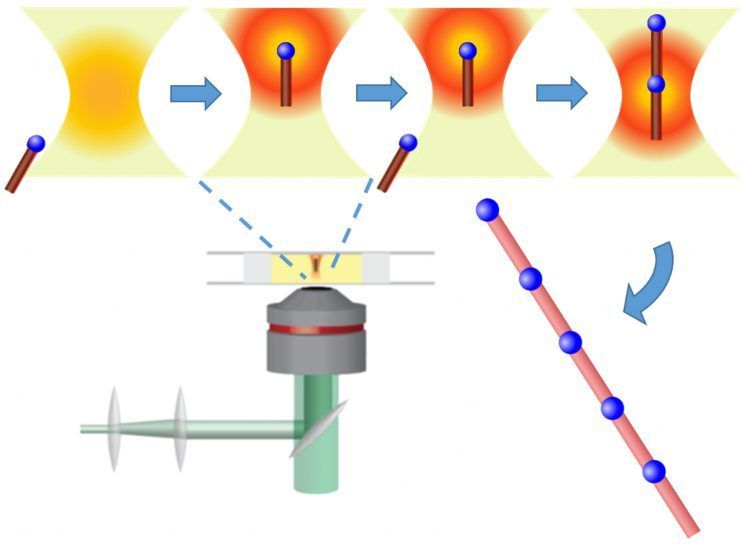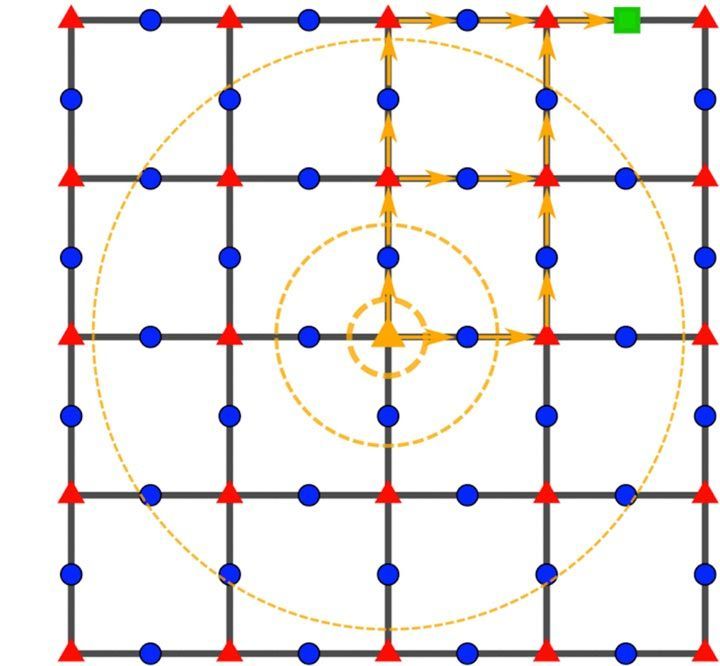
Over the past few decades, researchers have identified a number of superconducting materials with atypical properties, known as unconventional superconductors. Many of these superconductors share the same anomalous charge transport properties and are thus collectively characterized as “strange metals.”
Researchers at the University of California, Berkeley (UC Berkeley) and Los Alamos National Laboratory have been investigating the anomalous transport properties of strange metals, along with several other teams worldwide. In a recent paper published in Nature Physics, they showed that in one of these materials, BaFe2(As1− xPx)2, superconductivity and quantum criticality are linked by what is known as the Hall effect.
For decades, physicists have been unable to fully understand T-linear resistivity, a signature of strange metals that has often been observed in many unconventional superconductors. In 2016, the team at UC Berkeley and Los Alamos National Lab observed an unusual scaling relationship between the magnetic field and temperature in superconductor BaFe2(As1− xPx)2.



















